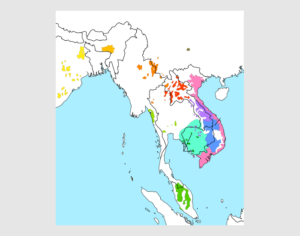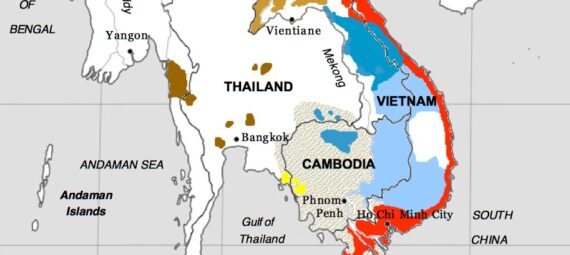are spread in Southeast and South Asia, as well as on a number of islands in the Indian Ocean. Their belonging to one language family is now considered to be fairly reliably established, although the details of its internal classification are not quite clear, largely due to the insufficient study of most of the languages and english to bangla translation of this family, which are mostly spoken by small hill tribes. The total number of speakers of Austroasiatic languages, however, is not so small, approaching 90 million, of which more than 70% are Vietnamese.
There are four branches within the Austroasiatic languages: Mon-Khmer, further splitting into ten groups, including Viet-Myong, to which Vietnamese, the largest language in the family, belongs, and Khmer, to which another major language, Khmer, belongs (both are official languages in Vietnam and Cambodia,  and through recent emigration have spread widely throughout the world); Munda (this branch includes the third most numerous Austroasiatic language, Santali, spoken in eastern India, c. 5,8 mln. speakers); and also two small branches – the Nikobar branch, which includes dialects (sometimes they are considered independent languages) of the Nikobar language, spread in the Indian archipelago with the same name, and the Nahali (about 5 thousand people in several villages of the Indian states of Madhya Pradesh and Maharashtra). The Nicobar branch is not distinguished by all researchers (sometimes it is considered as a group within the Mon-Khmer languages), and some are inclined to consider Nahali an isolated language. The status of some groups of Mon-Khmer languages is not disputed either.
and through recent emigration have spread widely throughout the world); Munda (this branch includes the third most numerous Austroasiatic language, Santali, spoken in eastern India, c. 5,8 mln. speakers); and also two small branches – the Nikobar branch, which includes dialects (sometimes they are considered independent languages) of the Nikobar language, spread in the Indian archipelago with the same name, and the Nahali (about 5 thousand people in several villages of the Indian states of Madhya Pradesh and Maharashtra). The Nicobar branch is not distinguished by all researchers (sometimes it is considered as a group within the Mon-Khmer languages), and some are inclined to consider Nahali an isolated language. The status of some groups of Mon-Khmer languages is not disputed either.
Khmer, as well as the Mon-Khmer language, which is a part of Mon-Khmer language group, are ancient written languages (since 7th and 6th centuries AD, respectively); since the 14th century written language on the basis of Chinese hieroglyphics was used for Vietnamese (it was replaced by Latinized writing in 1910). The assumption of a genetic kinship of Austroasiatic and Austronesian languages (the so-called Austrian hypothesis) is now recognized as unfounded.

